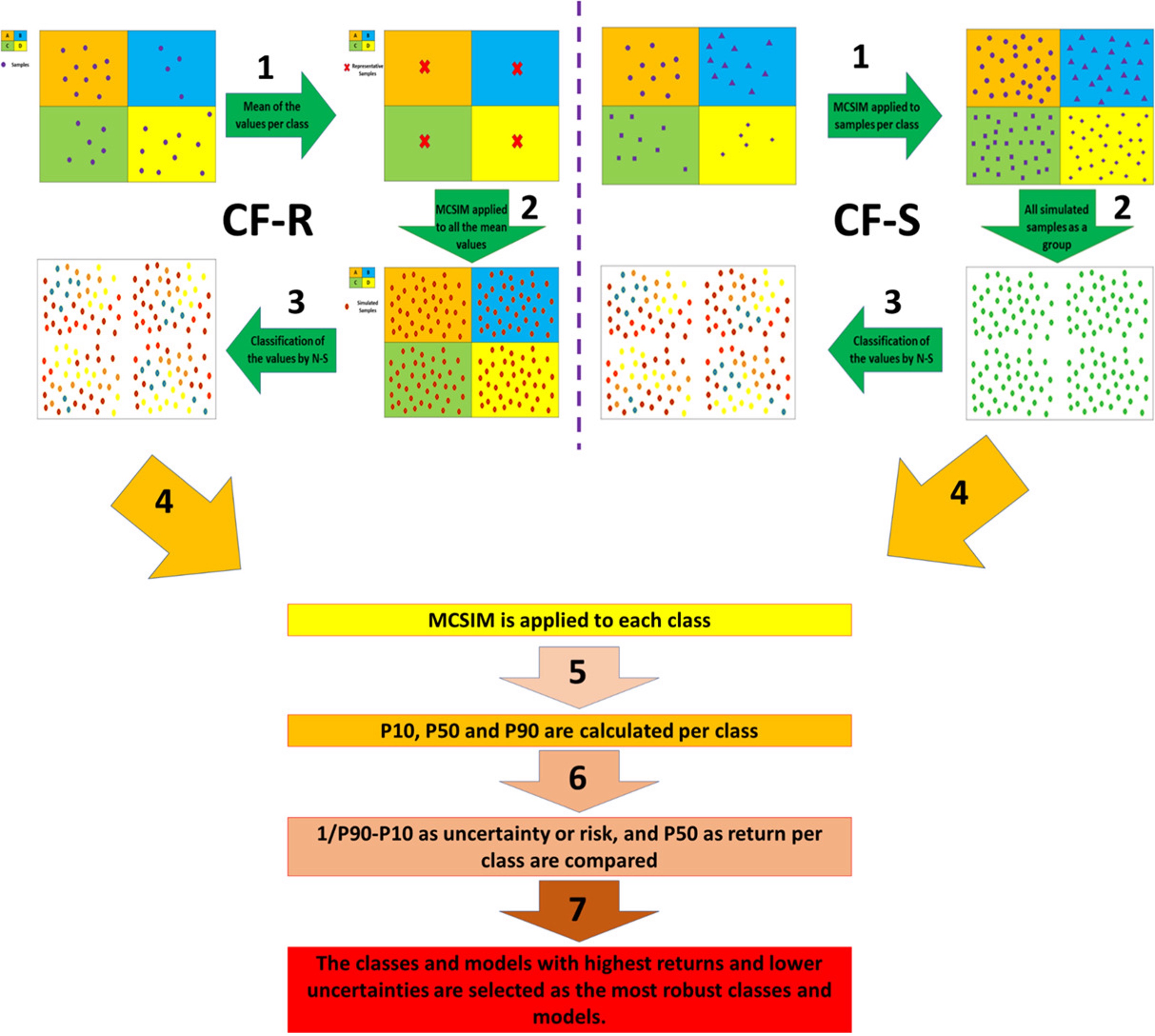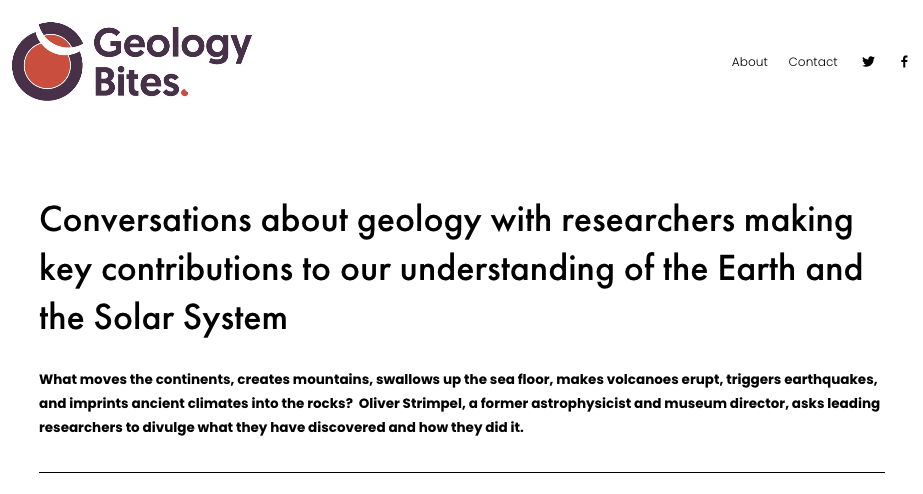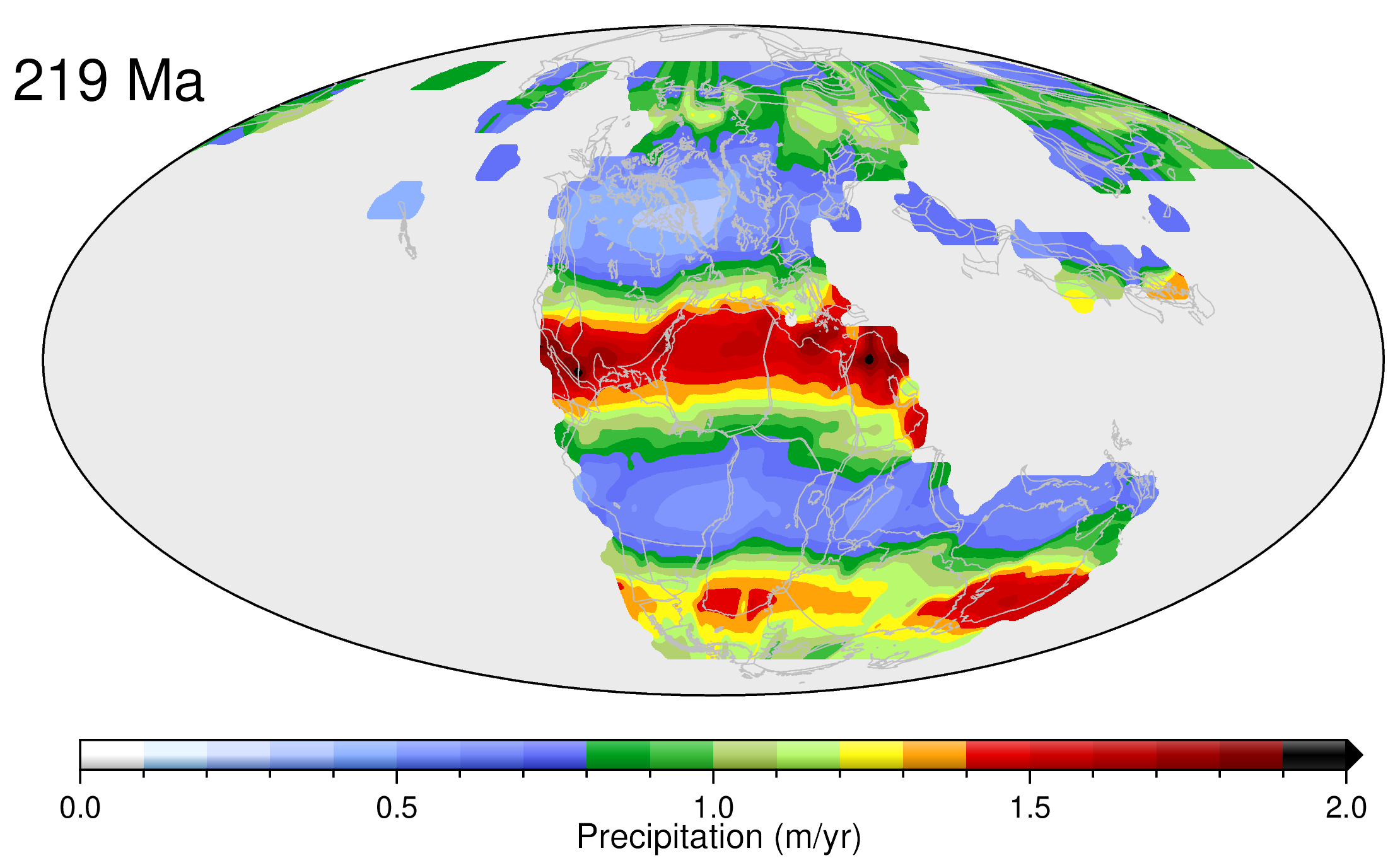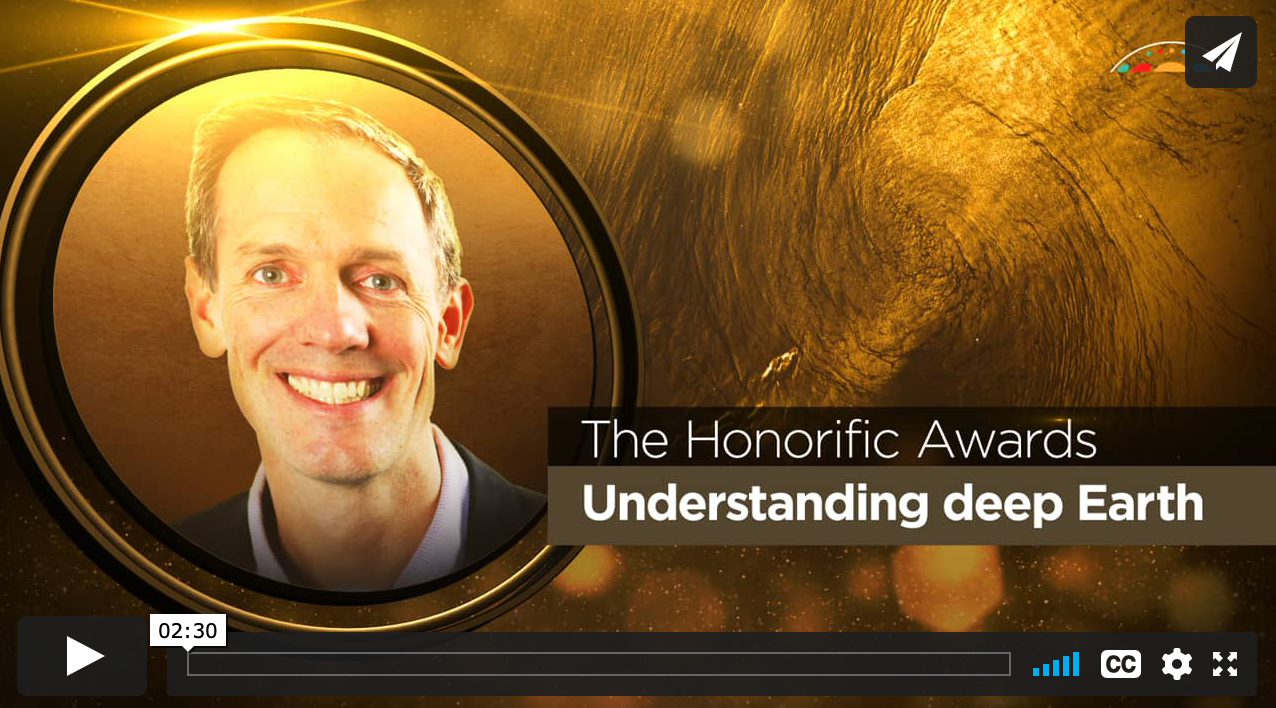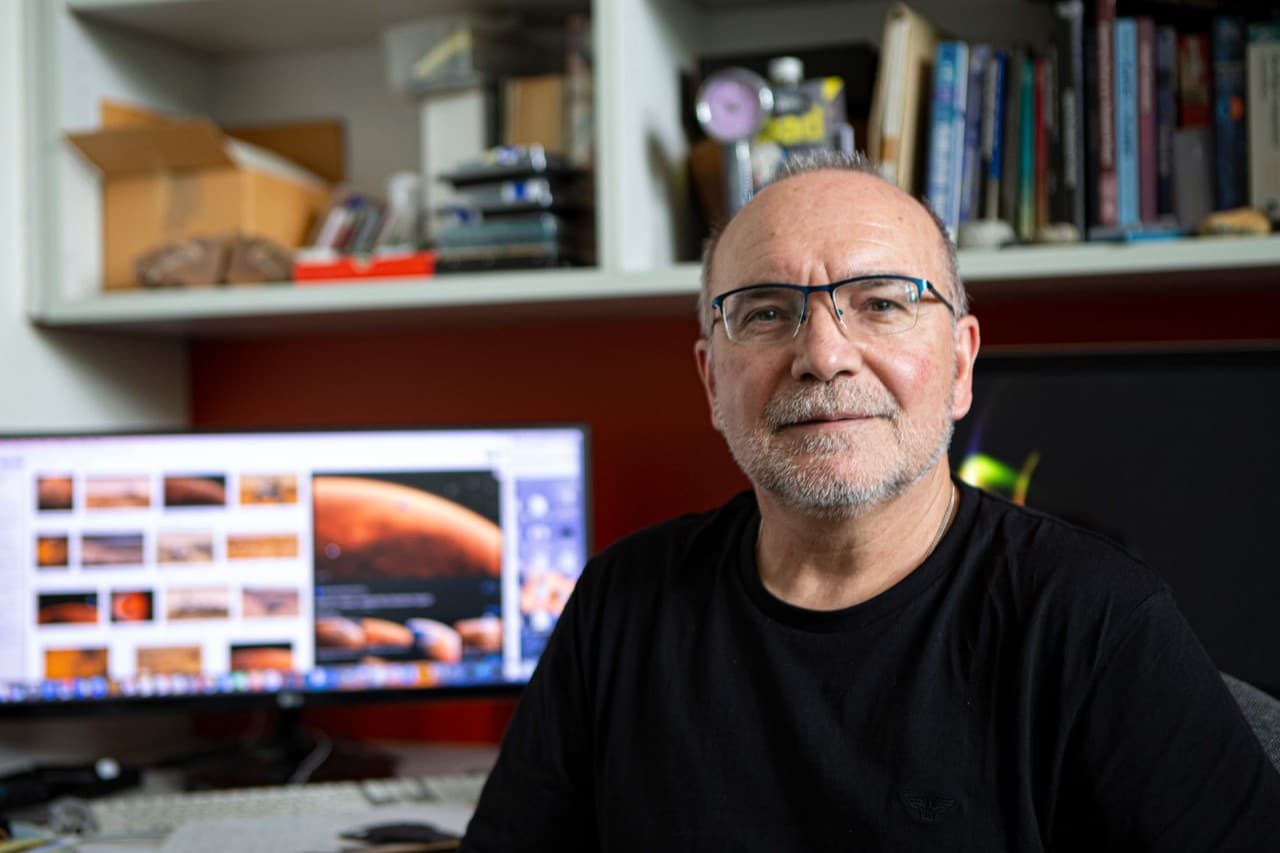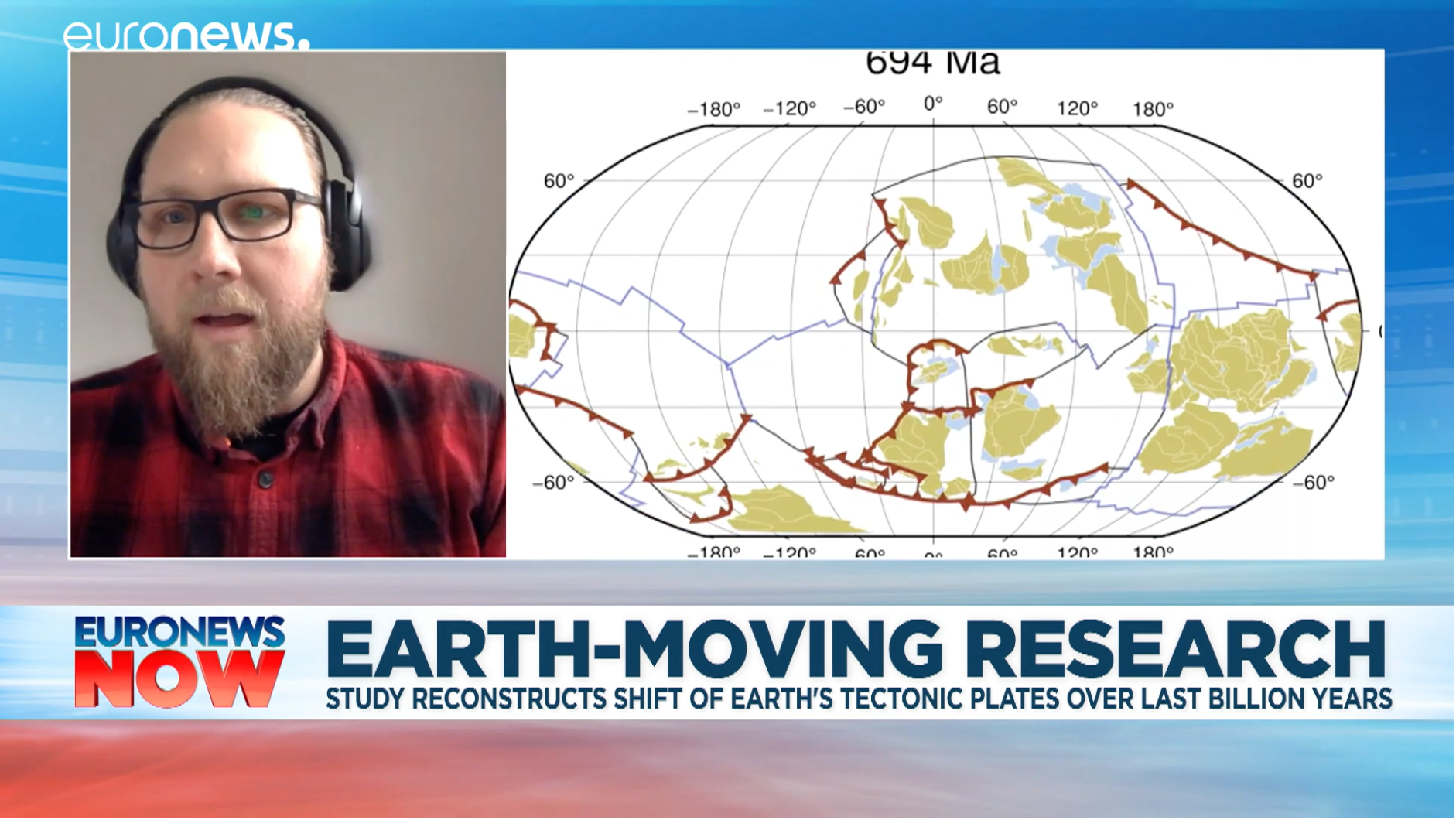Category-based fractal modelling: A novel model to integrate the geology into the data for more effective processing and interpretation
Category-based fractal modelling: A novel model to integrate the geology into the data for more effective processing and interpretation Dr. Behnam Sadeghi and his PhD supervisor, Prof. David Cohen, has published another paper in Journal of Geochemical Exploration. This paper is based on his PhD thesis. In this research, they have proposed two novel fractal … Read more…

